Major Travel Activities in Nepal
Nepal, a landlocked country nestled in the heart of the Himalayas, is renowned for its stunning landscapes, rich culture, and warm hospitality. With e...

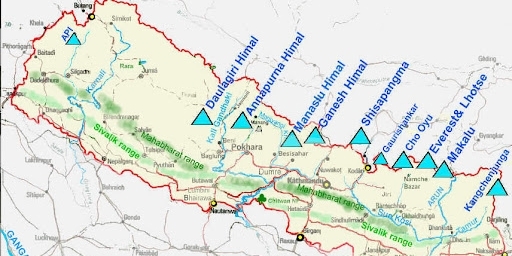
Nepal is truly a land
of wonders, where nature and culture blend in an extraordinary mosaic that
captures the hearts of all who visit. Despite its relatively small size, Nepal offers
an unmatched variety of landscapes, ranging from the towering peaks of the
Himalayas to lush jungles and fertile valleys. This dramatic contrast, combined
with a rich cultural heritage and warm hospitality, makes Nepal a destination
that appeals to every kind of traveler. Whether you are an avid trekker
yearning for adventure, a culture enthusiast eager to dive into ancient
traditions, or a spiritual seeker looking for peace and renewal, Nepal’s
offerings are vast and compelling.
The country’s reputation as the home of Mount Everest and countless other high peaks attracts mountaineers and hikers from every corner of the globe, while its cultural and religious sites draw pilgrims and history lovers alike. Beyond the obvious, Nepal is also a playground for adrenaline junkies, a sanctuary for nature lovers, and a place of soulful encounters. This blog unpacks the many layers of Nepal’s charm, explaining why it remains one of the most fascinating and perfect holiday destinations in the world.
Nepal’s mountainous landscape is legendary. It proudly holds eight of the world’s fourteen peaks towering above 8,000 meters, including the crown jewel, Mount Everest. These giants of the Himalayas are not just monumental for their height but also for their allure and challenge to adventurers worldwide. Beyond these iconic summits, Nepal features over 1300 peaks above 6,000 meters, making it arguably the best place on earth for mountaineering and trekking. The range of mountains offers routes suitable for beginners, intermediate hikers, and seasoned climbers, providing a thrilling variety of options.
These mountains are not only a challenge for the physically fit but also a source of inspiration and spiritual reflection. For many travelers, standing at the base or summit of these peaks is a life-changing experience, connecting them with the raw power of nature and the indomitable human spirit. The sheer scale and diversity of Nepal’s mountain landscape are unmatched and remain a major reason why the country fascinates every traveler.
Despite being roughly
the size roughly 65 times smaller than the U.S.A., Nepal’s natural diversity is
astounding. Within a few hours’ travel, you can move from subtropical forests
teeming with wildlife to alpine meadows dotted with wildflowers and then to icy
mountain peaks cloaked in snow. This vertical stratification creates an
ecological mosaic that supports a wide variety of plants and animals.
The lowland Terai
region is home to endangered species like the Bengal tiger, one-horned
rhinoceros, and Asian elephants. National parks such as Chitwan and Bardia
provide safaris and nature tours that allow visitors to experience these
animals in their natural habitat. Moving upward, the mid-hills are covered with
forests of rhododendron and oak, while the higher altitudes harbor rare flora
like blue poppies and endangered fauna including the elusive snow leopard. This
biodiversity is not just a treat for nature lovers but also contributes to
scientific research and conservation efforts that travelers can witness
firsthand.
Nepal is not only a
natural wonderland but also a vibrant cultural treasure trove. It is often
described as a living museum because its people continue to practice ancient
customs and rituals in everyday life. Over 125 ethnic groups live here, each
with its own language, dress, festivals, and artistic expressions. This
diversity is celebrated and preserved, making Nepal a fascinating place for
cultural immersion.
Historic cities such
as Kathmandu, Bhaktapur, and Patan are dotted with intricately carved temples,
palaces, and stupas dating back centuries. Walking through their narrow lanes
is like stepping back in time, where festivals fill the air with music and
color, and traditional crafts like pottery, wood carving, and metalwork thrive.
This seamless blend of history and living tradition offers travelers a rare
opportunity to witness and participate in a culture that has remained resilient
and authentic through centuries.
Nepal’s reputation as the adventure capital of the world is well deserved. Trekking is the backbone of Nepal’s tourism, with world-renowned trails like the Everest Base Camp trek, Annapurna Base Camp Trek, Annapurna Circuit Trek, Manaslu trek, etc. attracting hundreds of thousand each year. These routes offer breathtaking scenery, from dramatic glaciers and snow-capped peaks to charming villages where traditional lifestyles continue unaltered. Trekking here is more than a physical challenge - it is a journey through nature, culture, and history.
For those aiming higher, Nepal’s peak climbing opportunities are vast and varied. Trekking peaks such as Island Peak and Mera Peak offer novice climbers their first taste of mountaineering, with the thrill of ascending glaciers and steep slopes. At the same time, expert climbers tackle the formidable technical climbs of Everest, Kanchenjunga, and other giants, chasing the ultimate summit experience.
Beyond trekking and climbing, Nepal offers exhilarating adventure sports that pump the adrenaline. Paragliding over Pokhara’s serene lakes and mountain views is an unforgettable experience, as is bungee jumping from the Bhote Koshi suspension bridge, one of the highest in the world. White-water rafting on powerful rivers like the Trishuli offers both adventure and scenic beauty. Mountain biking, canyoning, rock climbing, and skydiving near Everest provide even more ways to get your heart racing.
Nature tours in Nepal are equally captivating, taking visitors deep into the jungles of Chitwan National Park or Bardia National Park to spot wildlife, or to serene lakes and forests for bird watching and hiking. Culture tours complement these adventures, inviting travelers to explore centuries-old temples, monasteries, and ethnic villages, where local crafts, traditional dances, and festivals bring history to life.
In essence, Nepal’s adventure offerings are as vast as its landscapes, ensuring every traveler finds their perfect thrill or tranquil escape.
Nepal’s calendar is a
vibrant tapestry of festivals that reflect its deep spiritual roots and
cultural diversity. Major celebrations like Dashain, the longest and most
significant Hindu festival, bring families together in joyous rituals honoring
goddess Durga. Tihar, also known as the festival of lights, brightens homes and
streets with candles, oil lamps, and colorful decorations, while showcasing
reverence for animals like crows, dogs, and cows.
The Holi festival, famous for its lively throwing of colored powders, celebrates the arrival of spring and the victory of good over evil. Buddha Jayanti marks the birth of Lord Buddha with serene processions and prayer ceremonies, especially in Lumbini, his birthplace. Every ethnic group adds its unique festivals—such as the Tamang’s Lhosar and the Newar’s Indra Jatra—bringing an endless stream of music, dance, and cultural expressions to the nation throughout the year.
For travelers, these festivals offer immersive experiences that reveal Nepal’s soul, connecting them with communities and traditions that have flourished for centuries.
Nepal’s diverse
geography creates multiple climatic zones, allowing visitors to find ideal
weather conditions at any time of the year. The prime trekking seasons are
spring (March to May) and autumn (September to November), when clear skies and
moderate temperatures prevail. These periods reveal the Himalayas in all their
glory, with panoramic views and pleasant trekking conditions.
Summer months bring monsoon rains to much of Nepal, but this season opens up rain-shadow areas like Upper Mustang and Dolpo, where the weather remains dry and landscapes bloom with wildflowers. Winter, while cold at higher altitudes, offers perfect conditions for lowland wildlife safaris and cultural tours, as well as opportunities for skiing and mountain exploration in the southern valleys.
This year-round accessibility means travelers can tailor their visits according to their interests, be it trekking, wildlife watching, cultural exploration, or simply enjoying the pleasant climate and stunning scenery.
Nepali cuisine is a
delicious reflection of its diverse cultures and fertile lands. The ubiquitous
Daal Bhaat - lentil soup served with steamed rice, vegetables, and pickles - is
the cornerstone of every meal, providing essential nutrients and energy,
especially appreciated by trekkers and climbers. This humble dish varies subtly
by region and season, offering a comforting taste of home wherever you go.
Momos, Nepal’s beloved dumplings, come steamed or fried with various fillings, often served with spicy tomato-based chutney. Gundruk (fermented leafy greens), Dhindo (a millet-based porridge), and Sel Roti (sweet rice flour bread) showcase Nepal’s rich culinary heritage. Street food vendors tempt with chatpate, samosas, and local sweets, while mountain lodges serve traditional yak butter tea and hearty soups to replenish weary travelers.
Exploring Nepal’s cuisine is itself an adventure that enhances any holiday, offering authentic flavors that nourish body and soul.
Nepal’s spiritual
landscape is dotted with sites revered across the world. Pashupatinath Temple
in Kathmandu stands as a towering symbol of Hindu devotion to Lord Shiva, where
daily rituals and cremation ceremonies on the Bagmati River unfold with solemn
beauty. Lumbini, the serene birthplace of Gautama Buddha, draws Buddhist
pilgrims globally to meditate amid ancient monasteries and sacred gardens.
Janakpur holds special significance as the home of Mata Sita, with magnificent temples that showcase exquisite Mithila art and mythology. Muktinath, perched high in the Mustang region, is a rare pilgrimage destination sacred to both Hindus and Buddhists, symbolizing harmony and spiritual transcendence.
Beyond these, hundreds of smaller but equally enchanting temples, stupas, and monasteries spread across Nepal offer peaceful retreats and a glimpse into the country’s deep religious roots.
Nepal’s spiritual
heritage is embodied by its connection to figures revered across religions and
folklore. As the birthplace of Lord Buddha, Nepal holds a sacred place in
Buddhism, with many monasteries, stupas, and pilgrimage circuits devoted to his
life and teachings. Simultaneously, the Hindu pantheon flourishes here, with
Lord Shiva worshipped at many temples including the famous Pashupatinath.
The story of Mata Sita, the consort of Lord Rama, is deeply embedded in Nepali culture, especially in Janakpur, believed to be her birthplace. The unique tradition of the Living Goddess Kumari—an incarnate deity chosen as a young girl who lives among the people and is worshipped until puberty—adds a fascinating dimension to Nepal’s spiritual landscape, blending myth, history, and living tradition.
These elements make Nepal a truly sacred land where spiritual stories and practices coexist and thrive.
More than just a
destination for physical adventure, Nepal offers rich opportunities for
spiritual growth and wellness. The tranquil environment of the Himalayas,
coupled with centuries-old traditions of meditation, yoga, and healing, makes
it ideal for those seeking inner peace and rejuvenation.
Monasteries scattered
across the country provide authentic settings for meditation retreats, where
visitors can learn mindfulness and Buddhist philosophy under the guidance of
experienced monks. Wellness centers and yoga studios in cities like Kathmandu
and Pokhara blend traditional practices with modern wellness approaches,
offering yoga classes, Ayurveda treatments, and holistic therapies.
The harmony between Nepal’s natural beauty and spiritual heritage creates a nurturing atmosphere, attracting travelers who wish to heal, reflect, and deepen their connection to themselves and the world.
Nepal’s historical
tapestry is woven with stories that date back thousands of years, many of which
remain relatively unknown outside the region but hold immense significance. The
Kathmandu Valley alone is home to seven UNESCO World Heritage Sites, including
Durbar Squares in Kathmandu, Patan, and Bhaktapur, which showcase exquisite
medieval architecture, ancient palaces, and sacred temples. These sites provide
a window into the artistic and political history of the Malla kings, whose
reign left a lasting legacy of craftsmanship and culture.
Beyond the cities, there are countless other ancient monuments and archaeological treasures, including stone inscriptions, stupas, and shrines scattered throughout the country. The unearthing of artifacts from different eras reveals Nepal’s role as a crossroads of cultures and civilizations, from ancient trade routes connecting Tibet and India to the spread of Buddhism. Travelers passionate about history find Nepal a treasure trove that invites exploration and discovery.
The diversity of
Nepal’s flora and fauna is nothing short of astonishing, given its compact
size. It is one of the world’s biodiversity hot spots, harboring more than 4%
of the total global species within its borders. Nepal’s ecosystems range from
tropical lowlands to alpine tundra, each supporting unique plants and animals.
The Terai region is famous for its dense forests that shelter Bengal tigers, one-horned rhinoceroses, wild elephants, and sloth bears. The conservation success stories of national parks like Chitwan and Bardia have made these species more visible to travelers. In contrast, the mountainous regions are home to elusive species like the snow leopard, red panda, and Himalayan musk deer, adapted to harsh alpine conditions. Bird watchers will delight in spotting species such as the colorful pheasant and various vultures.
This extraordinary biodiversity offers nature lovers endless opportunities for safaris, bird watching, and eco-tours, making Nepal a must-visit destination for wildlife enthusiasts.
Despite its growing
popularity, Nepal has managed to preserve the authenticity of many trekking
routes and cultural experiences. Unlike heavily commercialized tourist areas,
many trails take visitors through villages where traditions remain intact and
life moves at its own pace. Home stays and community-based tourism initiatives
invite travelers into local homes, offering genuine cultural exchange and
supporting sustainable livelihoods.
Most trekking areas are well-serviced yet retain their natural charm, with tea-houses and lodges that balance comfort with rustic simplicity. The government and local organizations continue to work towards improving infrastructure while maintaining the environment and culture, ensuring that Nepal’s remote areas remain accessible without losing their character.
For travelers seeking an immersive and unspoiled experience, Nepal offers paths less traveled alongside iconic routes, blending accessibility with authenticity.
One of Nepal’s
greatest appeals is its affordability. Whether you are a backpacker traveling
on a shoestring budget or a luxury traveler seeking premium services, Nepal
offers options to suit every pocket. Budget travelers find an abundance of
inexpensive guesthouses, hostels, and street food throughout cities like
Kathmandu and Pokhara, while adventure activities and local transportation
remain competitively priced.
For those wanting more comfort, upscale hotels, private tours, and luxury trekking packages are also widely available at reasonable rates compared to global standards. This range allows travelers to customize their experience without compromising on quality or adventure.
Nepal’s friendly prices encourage longer stays and repeated visits, making it a favorite among travelers looking to maximize their holiday value.
Nepal’s rich cultural
heritage is reflected vividly in its arts and crafts, which provide wonderful
souvenirs and support local artisans. Handwoven pashmina shawls, renowned for
their softness and intricate designs, are among the most sought-after items.
Traditional Thangka paintings depict Buddhist deities and mandalas with vibrant
colors and detailed symbolism, often created by monks or skilled painters.
Wood carving, metalwork, pottery, and singing bowls crafted by local artisans showcase centuries-old techniques passed down through generations. Markets and craft villages across Nepal offer these unique products, allowing travelers to take home a piece of Nepal’s soul. Many of these crafts are made sustainably, contributing to community development and cultural preservation.
Purchasing these authentic crafts not only enriches your travel experience but also supports the livelihoods of Nepalese communities.
Nepal offers a
breathtaking canvas for researchers, photographers,
and filmmakers alike. The country’s extraordinary natural landscapes, ranging
from dense jungles to rugged mountain peaks, provide unmatched opportunities to
document rare wildlife, vibrant cultures, and spectacular vistas. Researchers
studying biodiversity, climate change, anthropology, and Himalayan geology find
Nepal an invaluable living laboratory.
Photographers are drawn by the interplay of light and shadow on snow-capped peaks, the vibrant colors of ethnic festivals, and the intimate moments of daily life in remote villages. Iconic locations such as Poon Hill, Annapurna Base Camp, and the bustling streets of Kathmandu present endless creative possibilities. Filmmakers have captured Nepal’s mystique in documentaries about mountaineering, spirituality, and cultural heritage, often supported by local communities and expert guides.
This combination of natural beauty and cultural richness makes Nepal a paradise for creatives seeking inspiration and meaningful storytelling.
In recent years,
Nepal has made significant strides in promoting eco-tourism and sustainable
travel. Many trekking routes pass through protected national parks and
conservation areas where responsible tourism practices are encouraged to
preserve the environment. Community-based tourism initiatives empower local
people by involving them in hospitality, guiding, and conservation efforts,
ensuring that tourism benefits reach grassroots levels.
Eco-lodges and tea - houses now incorporate green technologies such as solar power and waste recycling to minimize their environmental footprint. Trekkers and travelers are educated about Leave No Trace principles, fostering a culture of respect for nature and local communities.
For environmentally conscious travelers, Nepal offers a rare chance to explore pristine landscapes responsibly while supporting sustainable livelihoods and conservation projects.
Few experiences match
the awe of watching the sun rise or set over Nepal’s majestic landscapes.
Places like Sarangkot near Pokhara, Nagarkot on the Kathmandu Valley rim, Poon
Hill in the Annapurna region, and Kala Patthar near Everest provide panoramic
vantage points that reveal a spectacle of colors as golden light illuminates
the Himalayan peaks.
These quiet moments at dawn or dusk invite reflection and serenity, as the world transitions between night and day. The play of light on snow-covered summits, terraced fields, and ancient temples is a photographer’s dream and a traveler’s spiritual gift. For many, witnessing these sunrises and sunsets is a highlight of their Nepal journey and a memory cherished long after departure.
For those craving an
adrenaline rush, Nepal is an unrivaled playground. Bungee jumping from the
160-meter Bhote Koshi suspension bridge plunges thrill-seekers over roaring
white water below. Paragliding over the Pokhara Valley offers serene yet
exhilarating flights with sweeping views of the Himalayas and lakes.
White-water rafting on rivers such as the Trishuli, Seti, and Kali Gandaki ranges from gentle floats to heart-pounding rapids. Mountain biking routes traverse rugged terrain and remote villages, blending adventure with cultural immersion. Other options include canyoning, rock climbing, ziplining, and even skydiving near Everest, each providing unique ways to explore Nepal’s landscapes with a thrill.
These activities combine breathtaking scenery with physical challenge, making Nepal a hot spot for adventure sports enthusiasts worldwide.
Nepal’s musical and
dance traditions are as diverse as its people. Each ethnic group boasts its own
instruments, rhythms, and dance styles, ranging from the haunting melodies of
Tibetan chants to the lively beats of Tamang Selo accompanied by Damphu drums.
Folk dances such as Jhyaure and Deuda capture the joys of rural life, while
classical dances grace religious festivals and temple ceremonies.
Cultural performances are accessible to visitors during festivals, cultural shows in cities, and in mountain villages, offering an immersive glimpse into Nepalese heritage. Music is more than entertainment; it is a living expression of history, spirituality, and community, connecting people across generations.
Experiencing Nepal’s music and dance enriches any visit, adding vibrant soundscapes to its stunning visuals.
Nepal is renowned for its warm hospitality and safe atmosphere for travelers. The Nepali saying, “Atithi Devo Bhava,” meaning “The guest is God,” reflects the deep-rooted culture of welcoming visitors with kindness and respect. Whether in bustling cities or remote villages, locals are eager to share their culture, stories, and smiles.
Solo travelers, families, and groups alike find Nepal a comfortable and secure destination. Guides, porters, and hosts are trustworthy and dedicated, often going out of their way to ensure visitors feel at home. This genuine friendliness not only enhances travel experiences but fosters lasting connections and memories.
Nepal’s water bodies
add breathtaking beauty and vitality to its landscapes. Glacial lakes such as
Gokyo, Rara, Tilicho, and Phoksundo feature crystal-clear blue waters
surrounded by rugged peaks and forests. These serene lakes offer tranquil spots
for reflection and exploration.
The country is also dotted with spectacular waterfalls cascading down hillsides, particularly vibrant during the monsoon season. Mighty rivers like the Trishuli, Kali Gandaki, and Bhote Koshi sustain ecosystems, provide irrigation, and serve as thrilling white-water rafting destinations.
Together, Nepal’s lakes, rivers, and waterfalls are vital to its ecology and offer diverse recreational opportunities for travelers.
Nepal’s reputation as
a backpacker’s paradise is well earned. Neighborhoods like Thamel in Kathmandu
and Lakeside in Pokhara are bustling hubs where budget travelers find
affordable accommodations, restaurants, trekking gear shops, and vibrant
nightlife. These areas are social melting pots, connecting travelers from around
the world.
Namche Bazaar, the gateway to Everest, is the highest altitude backpacker town globally and a crucial stopover for trekkers. Here, travelers can rest, shop, and mingle while acclimatizing before their mountain adventures.
These hubs provide both convenience and cultural immersion, making Nepal especially popular among independent and budget travelers.
Accessing Nepal’s
remote mountain regions often involves flying into small, dramatic airports.
Lukla Airport, the gateway to Everest, is famous for its challenging approach
and stunning Himalayan vistas, offering an unforgettable start to any trek.
Simikot Airport serves the northwest Humla district, opening access to the
hidden kingdom of Dolpo, while Talcha Airport caters to travelers heading to
the pristine Rara Lake region.
Though these airports are small and occasionally affected by weather, the flights offer spectacular aerial views and save days of trekking or driving on difficult roads. They make Nepal’s most remote natural and cultural wonders accessible to adventurous travelers.
epal is truly a land
where nature, culture, spirituality, and adventure converge in extraordinary
ways. Its towering mountains, rich biodiversity, living traditions, and warm
people combine to create a travel experience unlike any other. Whether you seek
the thrill of high-altitude trekking and peak climbing, the serenity of
spiritual retreats, the excitement of adrenaline sports, or the joy of cultural
festivals and authentic cuisine, Nepal offers all this and much more.
Every traveler leaves Nepal with a story—of breathtaking landscapes, soulful encounters, and memories etched in the heart. It is a destination that fascinates, inspires, and beckons visitors to return time and again.
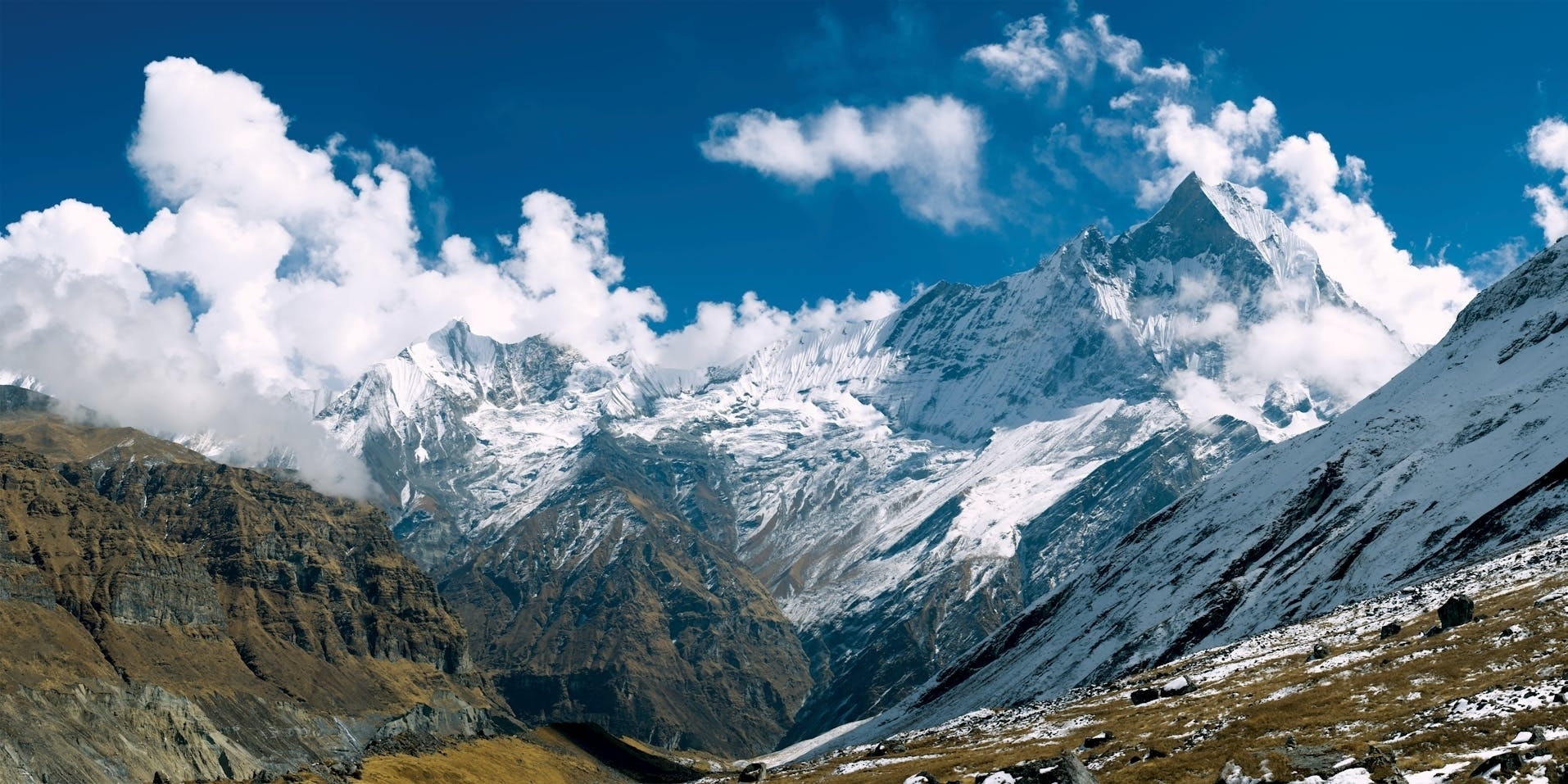
Nepal, a landlocked country nestled in the heart of the Himalayas, is renowned for its stunning landscapes, rich culture, and warm hospitality. With e...
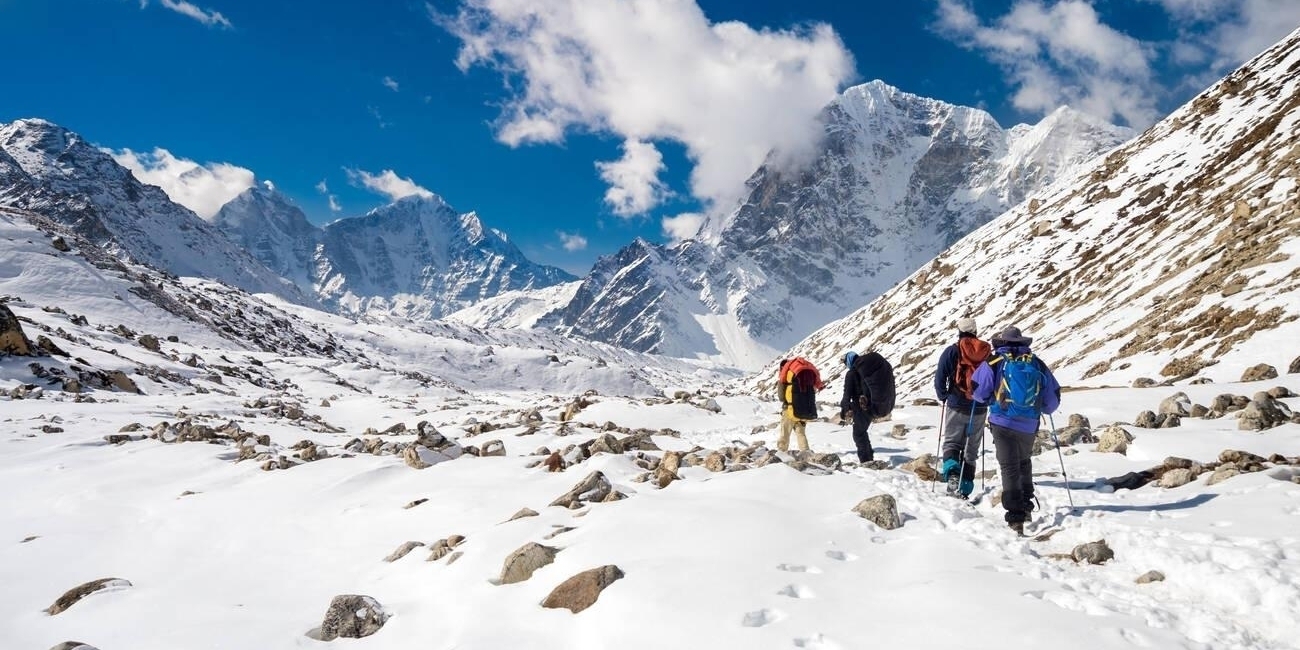
The Everest Region, renowned for its breathtaking landscapes and rich Sherpa culture, offers some of the most iconic trekking routes in the world. One...
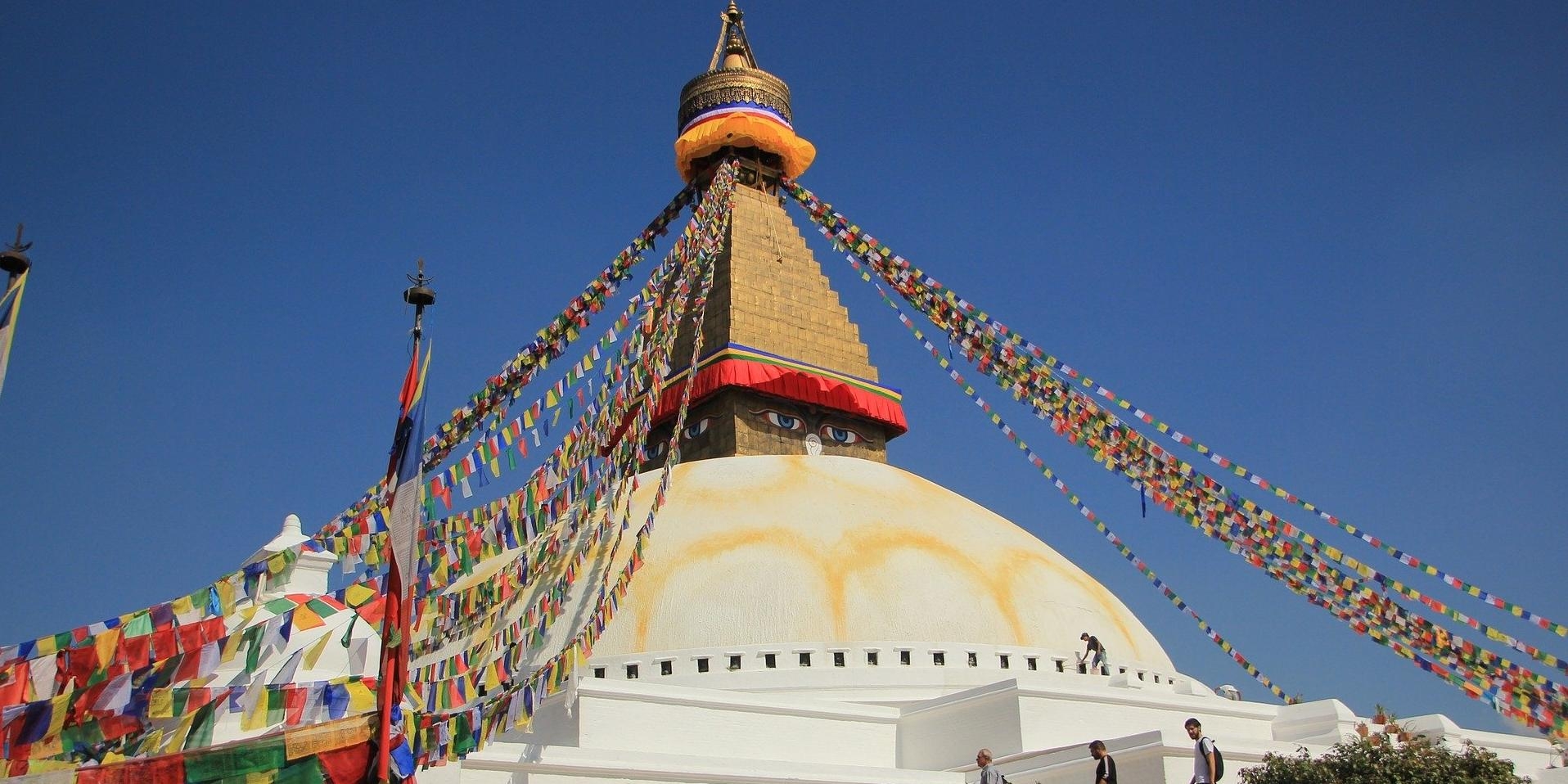
Nepal, a land of stunning landscapes and rich cultural heritage, offers a diverse range of tour destinations that promise unforgettable experiences in...
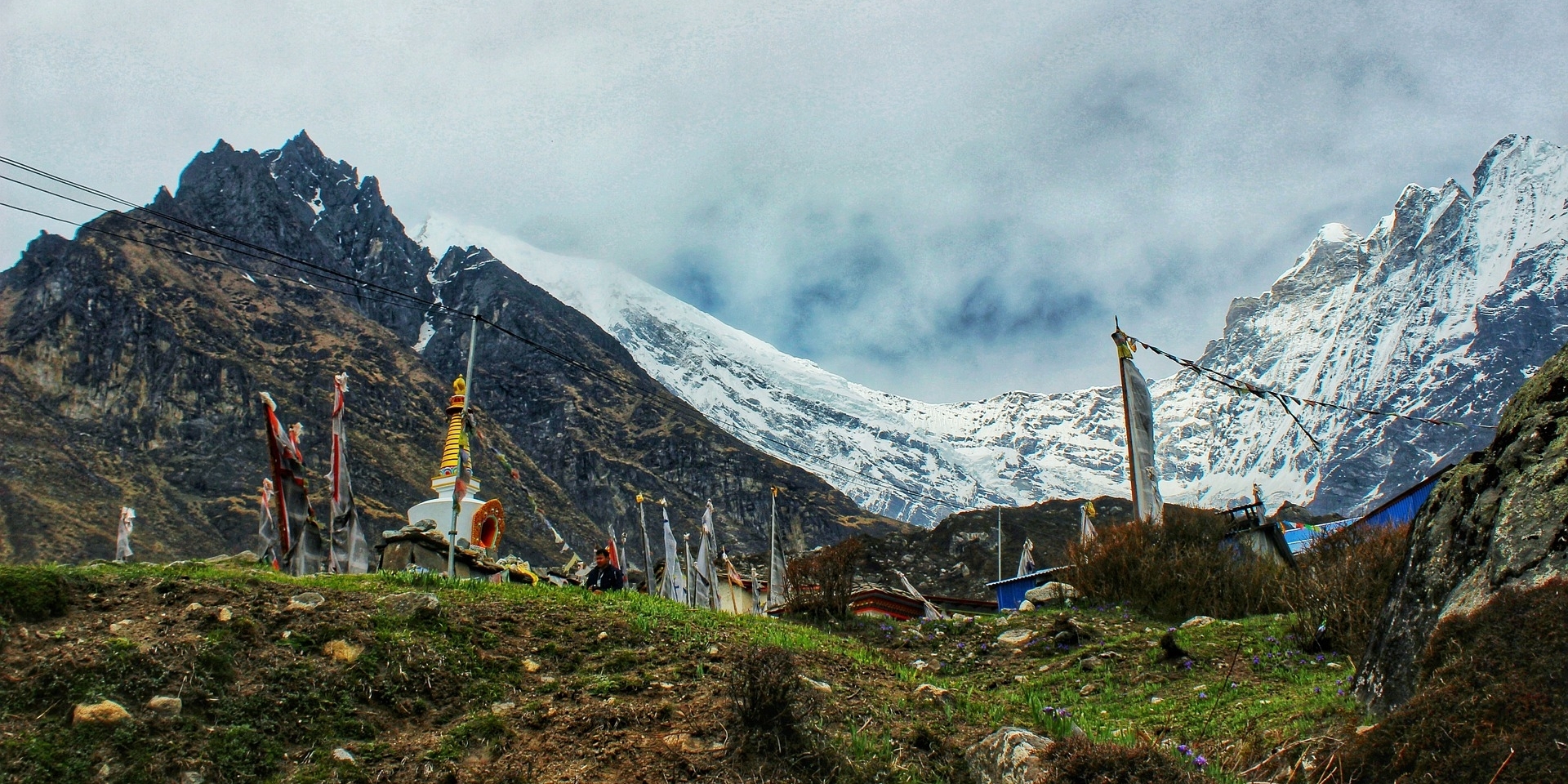
The Langtang Region, located in the northern part of Nepal, is a stunning trekking destination that offers breathtaking views, diverse landscapes, and...
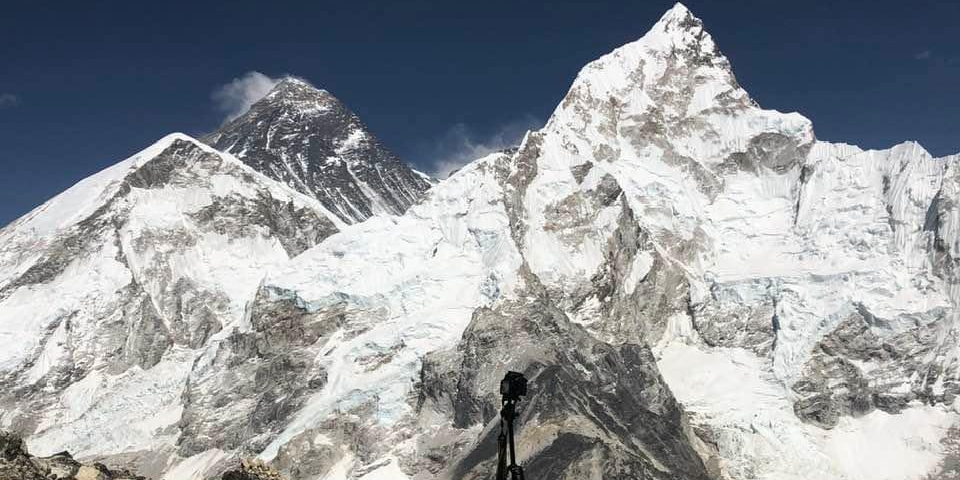
Discover why Everest Base Camp Trekking is the world’s top adventure trekking—breathtaking views, Sherpa culture, and a life-changing Himalayan journ...
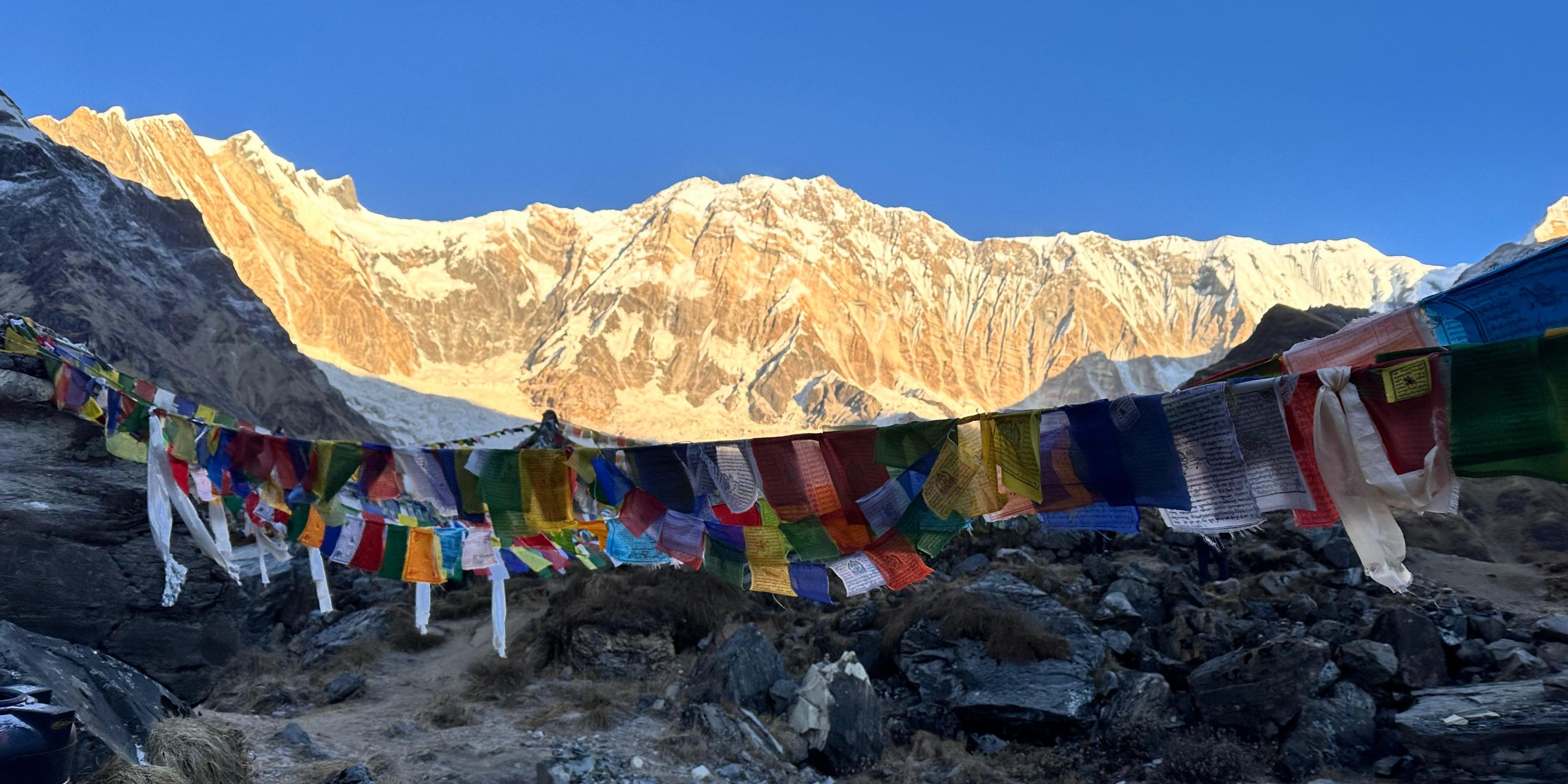

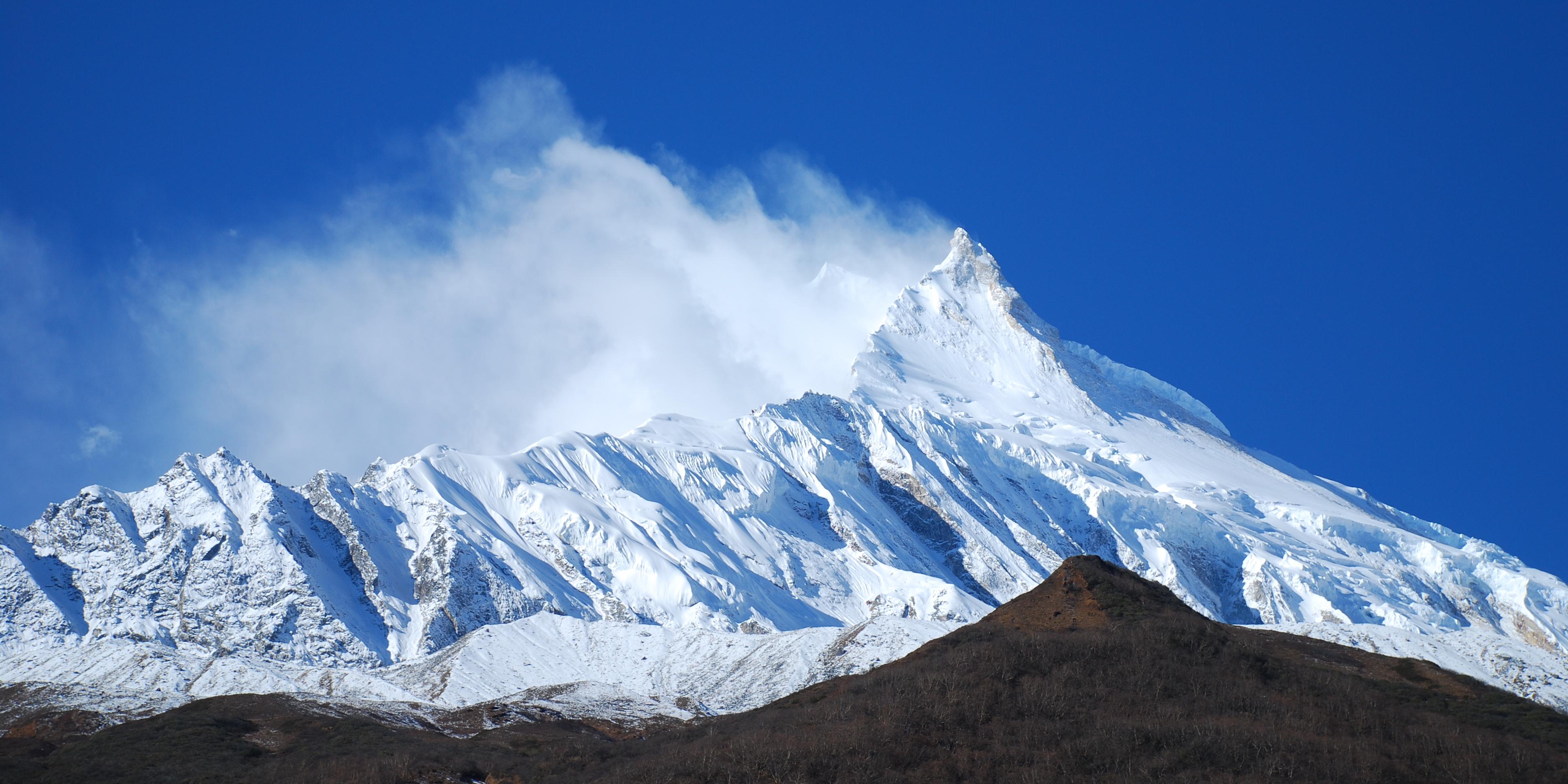
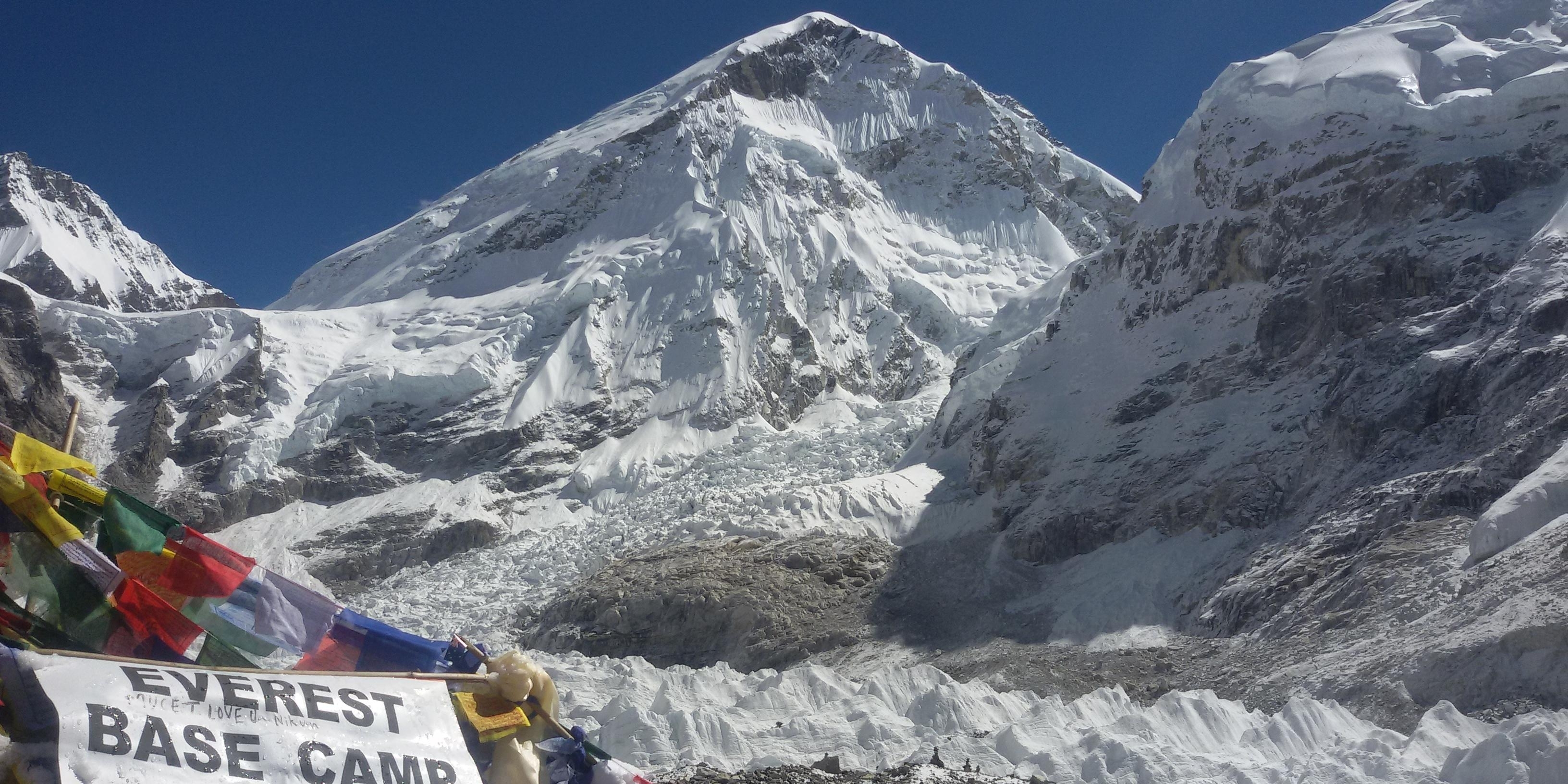
The best seasons for Everest Base Camp Trekking

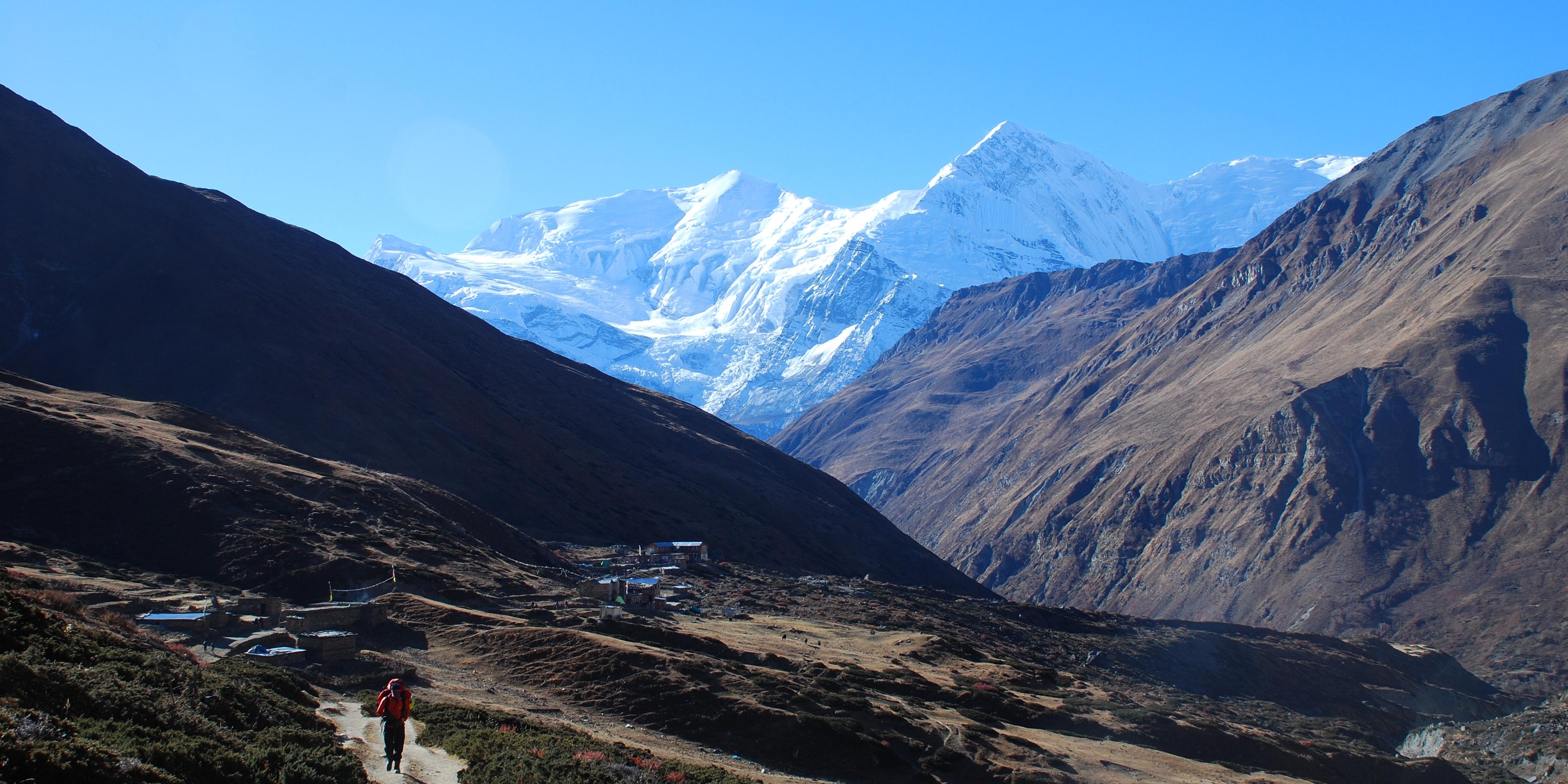
Annapurna Circuit Trekking is often hailed as the best trekking trail in the world—and for good reason. With dramatic shifts in landscape, culture...
